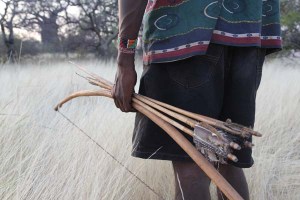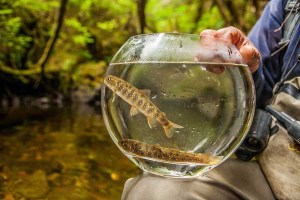Discover stories in Indigenous Knowledge
Can Forest Carbon Markets Provide for a 40,000-Year-Old Culture?
That's a key question being answered by the Conservancy and partners as they work to protect the land of the Hadza, who have hunted and lived in this region for at least 40,000 years.
People of the Salmon: Haida Tribe Defends Salmon with Science in Alaska
The Haida community on Prince of Wales Island, Alaska, have long considered themselves "people of the salmon." They rely on the fish for their food and culture. Now community members are being trained to become scientists. Their assessments could help get their streams protected under Alaska state law.

